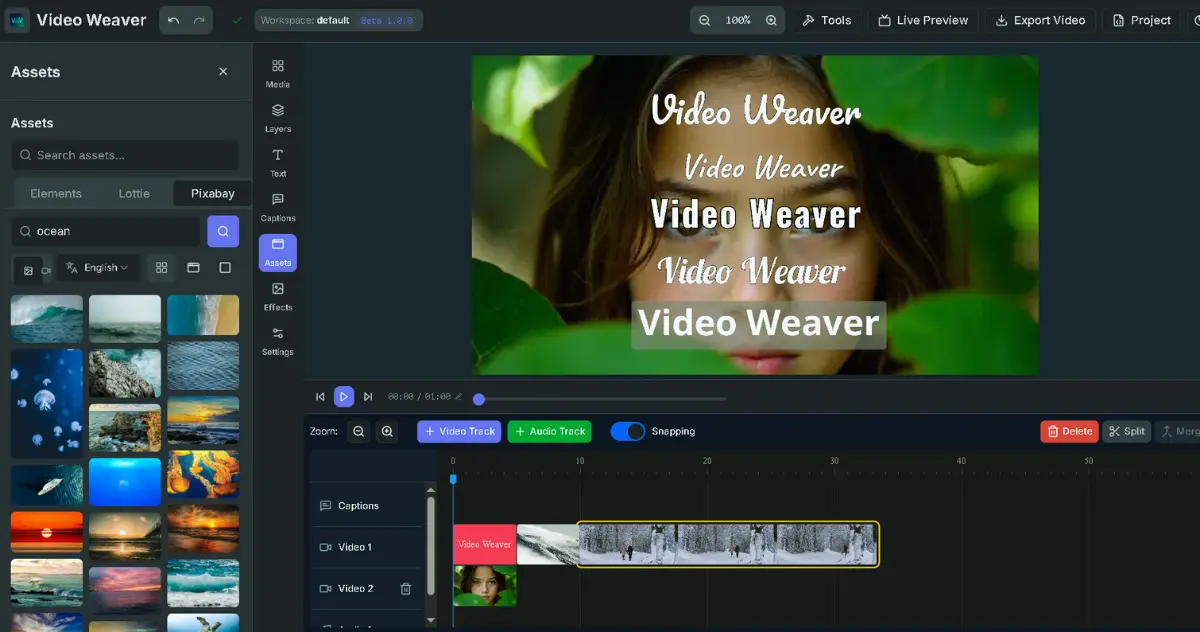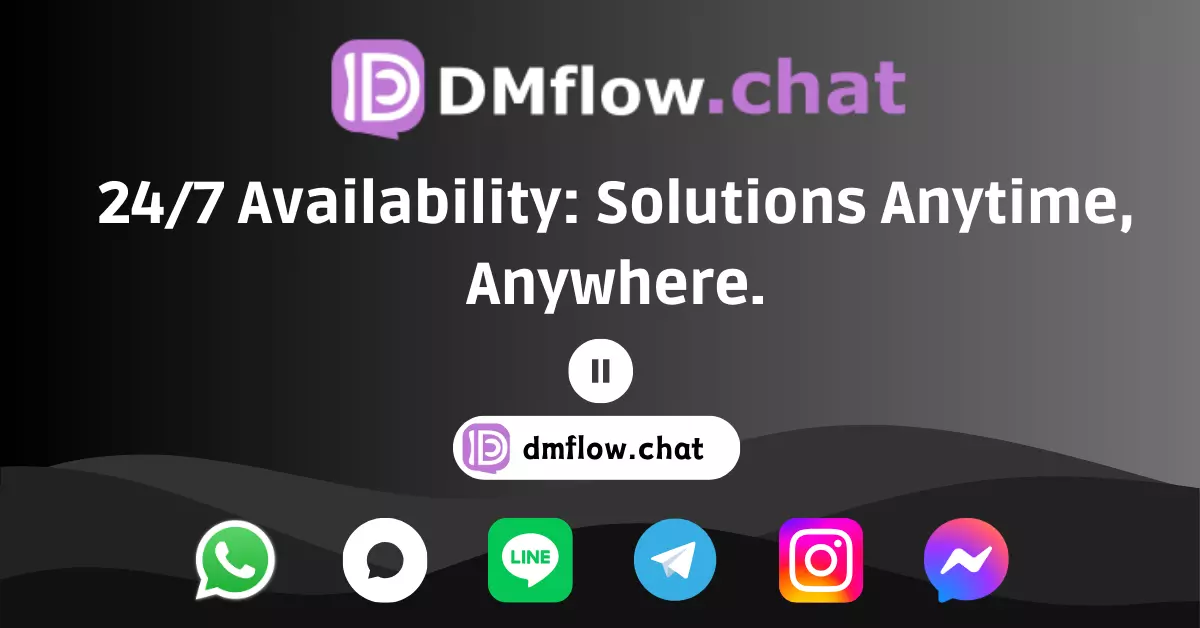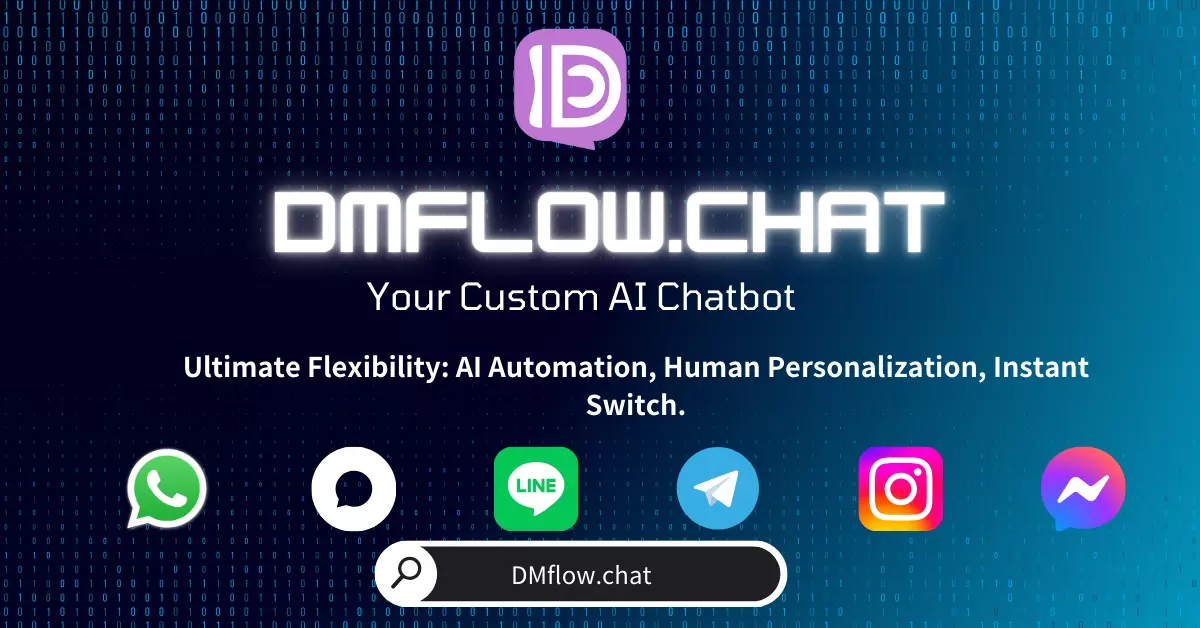The world of AI image generation welcomes another heavyweight! OmniGen2, launched by the Beijing Academy of Artificial Intelligence, stands out with its unique dual-path architecture and innovative “reflection mechanism.” Not only does it rank among the best open-source models, it also shows us brand-new possibilities for AI-powered creativity. So what makes it so powerful? And what breakthroughs can we look forward to?
With So Many AI Image Tools Out There, Why Does OmniGen2 Stand Out?
Let’s be honest: today’s AI image generation tools are so numerous they can make your head spin — from Midjourney to Stable Diffusion, each with its own unique strengths. Just when we thought innovation in this field might slow down, the Beijing Academy of Artificial Intelligence (BAAI) surprised us with a new open-source system: OmniGen2.
You might think, “Yet another text-to-image model? What’s so special about it?”
Well, this time it’s truly different. OmniGen2’s goal is not just to generate pretty pictures, but to focus on image editing and coherent, context-aware creation. Imagine no longer just giving one-way commands to an AI, but engaging in deeper “conversation,” letting it understand your intent for edits, and even maintaining consistency of characters or styles across multiple images. Doesn’t that sound more like a true creative partner?
So Where Does OmniGen2 Excel? Let’s Talk About Its Core Architecture
To understand what makes OmniGen2 so impressive, we need to peek a bit under its “hood.” Compared to its predecessor (OmniGen), OmniGen2 made a very clever design change.
It uses two independent decoding paths: one dedicated to text, and the other to images.
This might sound a bit complex, but let me give you a metaphor: imagine you hire a team consisting of a top-tier writer and a top-tier painter. The writer focuses on precisely understanding your complex, nuanced textual needs, while the painter is laser-focused on translating those concepts into visual art. They do their jobs without interfering with each other, so the final product is both faithful to the text and artistically refined.
That’s how OmniGen2 works. Its core is a large multimodal language model (MLLM) based on Qwen2.5-VL-3B, which acts as the “writer” to interpret your instructions. When it encounters special image-generation tokens like <|img|>, it hands off the task to another “painter” — a custom diffusion transformer with around 4 billion parameters — to actually create the images.
This division of labor allows OmniGen2 to maintain strong text understanding while dramatically boosting image generation quality and controllability.
Beyond “One Prompt Does It All”: OmniGen2’s Four Killer Features
Enough about technical details — what can OmniGen2 actually do in practice? Here are its four main capabilities, each of them highly practical:
Visual Understanding: This is its foundational skill. Thanks to its powerful Qwen-VL backbone, it can accurately “understand” and analyze the content of images.
Text-to-Image Generation: This is the function people know best. You can give it a piece of text, and it will produce high-quality, aesthetically pleasing images in a variety of artistic styles.
Instruction-Guided Image Editing: This is truly impressive! You can upload an image and then edit it with text instructions. For example, you could tell it “make the person in the photo smile,” or “add a wizard hat to this cat.” Among open-source models, its editing capability is top-notch.
In-Context Generation: This is the most interesting part. You can give it multiple inputs — for example, a specific character, a reference object, and a scene image — and have it combine them into new, coherent visual content. This is a game changer for storytelling or series illustration, where character consistency matters.
Secret Weapon: An AI That Can “Reflect”
OmniGen2 has another very cool feature, called the Reflection Mechanism.
It’s like a professional artist who steps back after finishing a draft, examines their work, and finds areas to improve. OmniGen2 can do exactly this! It can self-assess the generated image, spot flaws (like incorrect fingers or unbalanced proportions), and propose concrete corrections, then apply them in the next round of generation.
This “self-correction” ability means that after several iterations, it can produce more precise and refined images, greatly reducing the user’s frustration of endless trial and error.
Let’s Talk Data: How Good Is It, Really?
To objectively evaluate OmniGen2’s abilities, the research team designed a benchmark called OmniContext, specifically to measure the model’s performance in maintaining consistency across characters, objects, and scenes.
How did it do? According to evaluations scored by GPT-4o, OmniGen2 achieved an overall score of 7.18, outperforming all other open-source models currently available.
Of course, let’s be honest — the top-tier GPT-4o model scored 8.8 on the same test. So OmniGen2 still trails behind the very best closed-source models, but for an open-source project, this is already a remarkable achievement.
Okay, But Surely It Has Some Flaws?
No tool is perfect, and OmniGen2 is no exception. According to the team’s report, there are still areas for improvement:
- Language Preference: Currently, English prompts perform better than Chinese ones.
- Complex Poses: Handling uncommon or complex human poses remains challenging.
- Input Quality: The final output quality still depends somewhat on the quality of the input images. In other words, “garbage in, garbage out” still applies.
- Prompt Clarity: When merging multiple images, the user needs to give very clear placement instructions, otherwise the results can be confusing.
The Future Is Open: What’s Next?
Despite these small shortcomings, OmniGen2 has undoubtedly injected a dose of adrenaline into the open-source AI community. It not only demonstrates excellent technical capability, but more importantly, it chooses to be open.
The research team plans to release the model’s code, training datasets, and even the full data construction pipeline on Hugging Face. This means developers and enthusiasts around the world can freely use, study, and improve it.
If you’re interested in this powerful model and want to try it yourself — or even contribute to the community (they especially welcome help integrating with ComfyUI!) — you can check out their official page for more information:
- OmniGen2 Hugging Face Page: https://huggingface.co/OmniGen2/OmniGen2
In short, OmniGen2 is not just a new image generation tool; it’s more like a preview of a future where AI-powered creativity will be smarter, more interactive, and more open. Let’s stay tuned!




